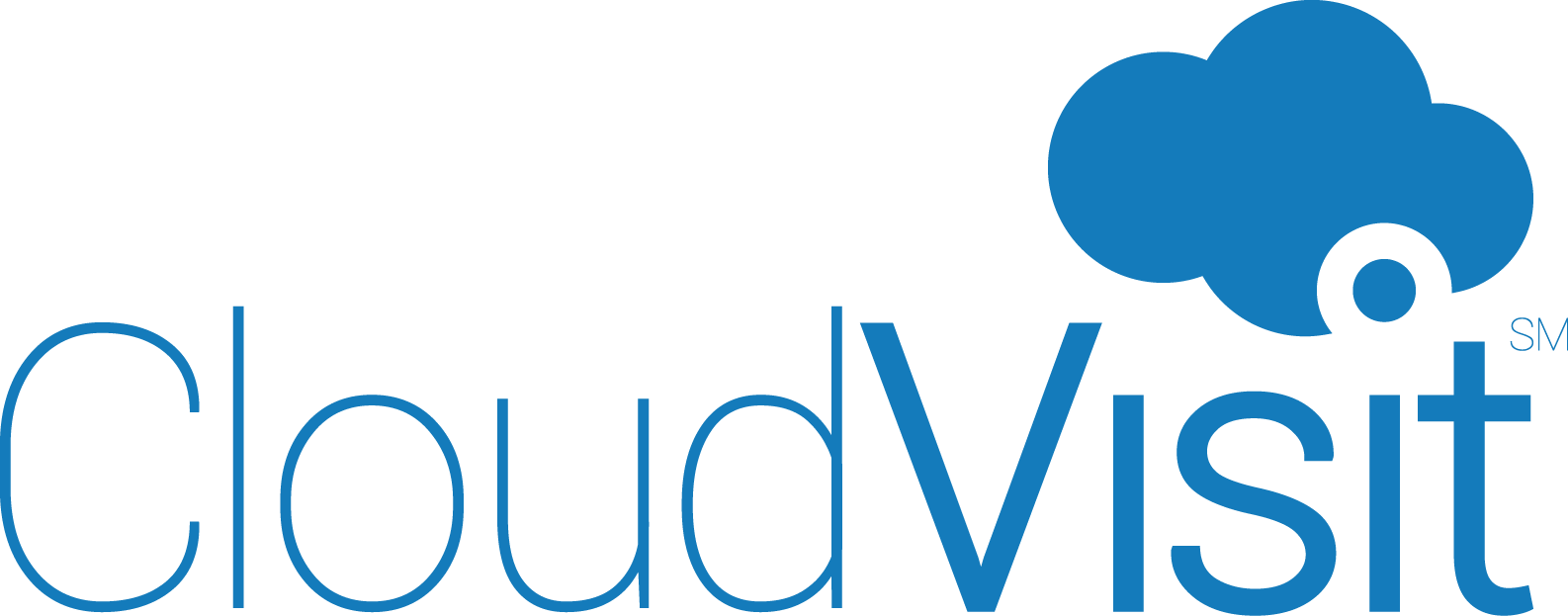Companies within similar industries still have differences that separate themselves from others. In many cases, the software that they use needs to reflect these differences. Custom Image Recognition software is being used by many companies to gain a competitive advantage while improving profitability and efficiency. The benefits that exist for a company looking to use customized software may not, however, outweigh its disadvantages. Stakeholders need to carefully consider budget, the uniqueness of their workflow, and the timeline envisioned to accomplish their objectives – before determining the correct path forward. When deciding between an off-the-shelf or custom Image Recognition software, take note that there is a new solution that fuses the best attributes of both solutions: CloudVisit Remote Inspection.
How Virtual Inspection Image Recognition Helps Safety
Occupational Health and Safety (OHS) inspections tend to be fairly routine. As a result, this type of inspection lends itself well to an off-the-shelf solution. Because of the potential hazards of outdoor fieldwork, utility companies have historically been early adopters of technology that aids in safety. Utilities are a natural fit for the Remote Inspection field and thus have availed themselves of this tool from the beginning. As the field of Remote Inspection has matured it has naturally incorporated new technologies to improve the value to the industries working with it. One of these innovations has been in the field of Artificial Intelligence (AI) for object recognition as an aid to the safety inspection process.
For example, some telecommunication companies use Image Recognition for safety inspection at job sites. In this scenario, a photo is taken and sent to the virtual inspection software before crew members begin working on a communication tower or telephone line. The software’s Image Recognition model detects if crew members are wearing safety equipment such as helmets, safety glasses, harnesses, along with work gloves and boots. The virtual inspection software identifies if these items are missing from the photo and alerts the foreman. The crewmember is then forbidden to proceed working on the jobsite until all safety requirements are fulfilled. In addition to improved workplace safety there are other benefits for an organization. A photographic record is available tracking employees that have a history of violating safety procedures. This eliminates potential liability for the organization. Meeting OHS requirements tends to be fairly standardized throughout different industries. Therefore, an off-the-shelf AI library can lend itself well in this scenario. However, some workflows are more complicated and require specific adaptation and customization.
Image Recognition in Custom vs Off-the-Shelf Issues Defined
Most companies have generated specific workflows that set them apart from their competitors in the same industry vertical. In this scenario, a custom Image Recognition library is required.
Image Recognition software relies on a growing database of objects to define what the camera sees when surveying equipment. Non-customized software may rely on image libraries that are not precise enough to correctly identify objects within a particular jobsite. Standard libraries will have an advantage of having the input of many companies from various fields and a polished interface that will service most customers. This can work well for a standard OHS inspection as mentioned above. In such a scenario, costs are almost certainly going to be lower — perhaps far lower than a custom-developed solution. What is often unknown when stakeholders decide to utilize an off-the-shelf solution, is how much a purchased product can be self-customized to match the environment of the job.
Custom software can also be developed to license the image libraries available to off-the-shelf products. Their main advantages lie in the interface that can be aligned to a particular workflow. In a custom environment, developers can work hand in hand with office workers to cater a product to their exact needs. These products may require no licensing, and as long as development budget is provided the software can adjust seamlessly to the changing requirements of the company. Superfluous features that can often confuse the average user are not necessary and therefore are not included within the custom package. This however does not come without cost. A developer needs time to create a product from scratch, and as the adage goes – time is money. In most cases, custom development will be more expensive than an off-the-shelf product. So, if budget is not allotted for a sufficient amount of development time, a custom solution may be unobtainable for all but the largest of firms.
Assessing value in Image Recognition Software
A utility company may use similar items as their competitors. For example, safety equipment and transformers are certainly used by all electric utilities. However, depending on the firm, it will be different safety equipment and possibly differing competing transformers for their stock. Image Recognition software has enabled inspectors in these fields to certify that the many slight differences that may be visible in varying products still equates to a product and a job that is complete and up to code.
An example of this might be in the examination of utility poles. One might wonder how AI might help in Remote inspections. Unlike humans, machines do not have the possibility of errors due to fatigue across the span of a day. They are not liable to overlook something due to an argument with a spouse or an ailment. However, until recently, AI systems have not been able to sufficiently account for differences that would occur due to weather conditions and the varying lighting conditions, obscuring details within utility poles. This affects the recognition of objects such as transformers, which can appear different, resulting from variances between manufacturers like those of General Electric versus that of Siemens. Other hinderances include unrecognizable perspective due to obstructions to viewing.
Insulators and pole-tops are also highly variable and require extensive databases to recognize the multiple designs and looks that can occur. This is to say nothing of the differences that can be caused by nature – either gradually or through sudden climactic forces. Keeping massive databases that can utilize AI through pattern recognition is something that is out of a utility company’s area of specialty. Therefore, a new business model has grown where tech companies amassing image libraries have partnered with various industry leaders to make this technology available to them. This has enabled utilities to keep a close watch on the repair needs of thousands of towers at a time rather than requiring individual inspections of each one. This strategy has its merits, but integrating AI with a dedicated Virtual Inspection platform is an even better solution.
A New Path Forward – How CloudVisit’s Remote Inspection software works
CloudVisit’s platform represents a hybrid approach with respect to how a company utilizes Image Recognition. The software is readily available as a finished product. However, CloudVisit’s software engineers can bring a level of customization not normally available to smaller customers. The CloudVisit team can work to provide features and components at reasonable cost that can match the specific needs of your firm. With regard to Image Recognition, the software is designed to train itself to identify highly specialized images that are not part of a mass pre-existing library. A company can bring in their own team of people who are the experts in their field to train the system while they conduct live inspections. In other words, there is no need for an extensive period where there is a lack of productivity due to systems training. The system will learn on the fly as your experts and crew leaders use the software. CloudVisit’s system can be trained to recognize objects within photos or videos. And although it would use a different data set for each of them, this library will be reserved for the company’s individual needs. This is actually a boon as the accuracy is increased due to the data set being limited to the products used by a particular group. The data training period is shortened and can be highly accurate in weeks. As photos and videos are processed, this can improve quality control on both new projects and the inescapable tasks of maintenance. Ultimately, this system is designed to improve efficiency and reduce labor costs in the long term for enterprise customers.
Remote Visual Inspection and Image Recognition is a perfect fit
It was only a matter of time before two industries would merge. This union has intertwined a traditional field-based upon visual inspection by humans with an emerging technology that can identify variances in similar images. Now that the two are joined, they both have managed to improve each other. CloudVisit’s Visual Inspection software has used the inherent advances in these industries to develop a product that can adapt to the diverse and sometimes rapidly changing needs of almost any company. CloudVisit’s software is not just applicable for utilities. Any industry vertical that relies on visual inspection can improve efficiency within quality and assurance business processes. Do not continue to throw money out the window by sending inspectors to physical job sites.
Contact CloudVisit today for a demo of this exciting new hybrid technology.

 Language:
Language:







